There’s a softness to May. The flowers are open, the sun is kind, and the air smells of something newly sweet. On the 9th day of this gentle month, we raise our glasses to Moscato—the wine that sings in notes of peach, pear, orange blossom, and sunshine. It is Moscato Day, a celebration not just of a grape, but of joy, bottled and shared.
A Grape with Ancient Roots
Moscato (or Moscato Bianco in Italy) is part of the ancient Muscat family, known for its intensely aromatic wines. Its story winds through centuries of trade, migration, and vinous artistry—from ancient Egypt and Greece, through Roman banquets and Persian gardens, to the sunlit vineyards of Piedmont. It is a grape with known empires and empresses, monks and merchants, poets and peasants.
Moscato has stood the test of time—genetically stable and remarkably unchanged, it’s one of the rare grape varieties that has preserved its original character through the centuries. Unlike the bold reds or oaky whites that wear their winemaking heavily, Moscato arrives as it always has: delicately floral, lightly fizzy, and refreshingly sweet.
A Style for Every Mood
Moscato is not one wine, but many. Like music, it comes in many variations.
- Moscato d’Asti: This semi-sparkling (frizzante) gem from Piedmont boasts low alcohol, rich fragrance, and an undeniable charm. With an ABV of around 5-6%, it’s a light and easy pour, ideal for midday sipping or pairing with fruit tarts and cheese boards.
- Asti Spumante: A lively, fully sparkling cousin of Moscato, Asti Spumante brings an effervescent touch to birthdays, brunches, or any occasion. It adds a festive flair while preserving the signature sweetness that makes Moscato so beloved.
- Still Moscato: Available in dry, off-dry, or sweet styles, Still Moscato is produced in regions like Australia, California, and Spain, where modern creativity infuses a fresh take on this classic wine.
- Pink Moscato: A blend of white Muscat and red-skinned grapes, usually Zinfandel, it’s pretty in hue and easy on the palate. And notes of fresh strawberry, watermelon, and rose petals blossom in every glass.
- Moscato dessert wines: Some Muscat grapes are dried on mats to concentrate sugar and flavor, yielding lusciously thick, golden nectars like Vin Doux Naturel in France or Passito di Pantelleria in Italy.
From slightly sparkling to dessert-dense, Moscato does not ask for your reverence. It simply asks for your smile.
The People’s Sweetheart
While wine aficionados may chase complexity and prestige, Moscato remains delightfully democratic. In the early 2010s, the world fell back in love with it—sparked in no small part by the hip-hop scene. Moscato found its way into pop culture thanks to shootouts from artists like Drake, Kanye West, and Lil’ Kim, who turned the once niche wine into a staple of nightlife and mainstream music. Suddenly, Moscato was the new cool. Young drinkers discovered its charms: low alcohol, high approachability, and easy pairing potential. Unlike brooding reds or snooty whites, Moscato welcomed everyone to the table. Sweetness, after all, speaks every language.
Pairing the Poetry
There’s something inherently poetic about Moscato. To sip it is to think in color—pastel pinks of blooming peonies, golden hues of sunset, and the soft sparkle of laughter shared on a spring afternoon. This sweet, fragrant wine is more than just a bottle—it’s a mood, a memory in the making. Ideal for spring brunches, garden picnics, and those lazy, late-summer twilights, Moscato doesn’t just complement dessert—it enhances experiences. Each glass invites a pause, a smile, a celebration of the present.
Food Pairings:
Moscato shines at the table—its delicate sweetness and lively acidity make it a surprisingly adaptable partner for dishes that thrive on contrast and layered flavors. Soft cheeses like brie or the bold tang of gorgonzola find balance in Moscato’s floral notes. For those who love spice, it’s the perfect companion to vibrant cuisines like Thai, Indian, or Mexican—soothing the heat and lifting the flavors. Fresh berries, citrus tarts, and honey-drizzled figs become even more indulgent with a chilled glass alongside. Charcuterie boards are elevated, and birthday cake—no matter how many candles—feels more festive when shared with Moscato. So, this May 9th, lift your glass in celebration—not just of the wine itself, but of the joyful moments it helps make even sweeter.
Moments Made Sweeter: The Simple Joys That Pair Perfectly with Moscato
Moscato is more than just a wine—it’s a sensory escape, best savored alongside the everyday joys that bring beauty to life. Imagine the sway of a hammock beneath dappled sunlight, a well-worn paperback resting gently in your lap. Picture fireflies dancing to the soft strains of jazz on a warm evening, or the rhythmic hush of waves rolling in at dusk. It pairs effortlessly with old friends laughing, glasses clinking, and stories spilling out like summer secrets.
Moscato doesn’t overwhelm—it lifts. It enhances rather than demands, a gentle companion to your most cherished moments. With delicate bubbles that tickle the senses and aromas that flirt with floral sweetness, it feels like the friend who never forgets your birthday, the one who brings flowers just because. It’s grace in a glass, reminding us that joy can be light and lasting.
A Global Phenomenon
Though Italy is its spiritual home, Moscato thrives globally:
- California’s Central Valley produces millions of bottles annually, making it one of the most accessible sweet wines in the U.S.
- Australia’s King Valley adds a New World twist, with zippy acidity and playful labels.
- South Africa and Chile are honing their craft, producing aromatic Muscat-based wines with growing sophistication and elegance.
- France, in regions like Rivesaltes and Beaumes-de-Venise, treats Muscat with reverence, producing age-worthy dessert wines that drip with complexity.
Whether grown in volcanic soils, river valleys, or sun-baked hills, Moscato carries its perfume; gently, gracefully, and easily.
Why We Celebrate
May 9th isn’t just about the grape. It’s about what Moscato represents: levity, laughter, and the pleasure of simple things. In a world that often values power over softness, dryness over sweetness, and seriousness over delight—Moscato reminds us that joy is worth honoring.
It’s the first sip after good news. The cheerful clink of glasses as the cake is sliced. The easy afternoon that lingers a little longer than planned.
Moscato Day isn’t just another date on the marketing calendar—it’s a subtle tribute to life’s simple pleasures. It’s a reminder to celebrate sweetness, not just in wine but in life.
How to Celebrate
You don’t need a party to celebrate Moscato Day. Here are a few delightful ways to toast to the occasion:
- Host a Moscato tasting with different styles: d’Asti, pink, still, and dessert.
- Pair Moscato with spicy takeout— think Szechuan chicken and mango pudding for a perfect match.
- Make Moscato cocktails with elderflower liqueur, muddled berries, or mint.
- Try a new bottle from a lesser-known region: Greece, Portugal, or Brazil.
- Pour a glass and watch the sunset.
Above all, savor it. Slowly. With people you love or in the gentle company of solitude.
A Journey Through the Finest Moscato Regions with Winera
Discover a collection of exceptional Moscato experiences with Winera. From the sun-drenched vineyards of Apulia, Nizza, and Pomorie to the rolling hills of Šumadija, Tikveš in North Macedonia, and Slovenia’s pristine terroirs, Winera brings you closer to the finest Muscat wines that reflect the unique essence of each region. Explore wines that speak of heritage, passion, and precision. Visit the Winera website now to enhance your wine journey with exclusive Moscato experiences.
Clemente Guasti (Piedmont, Italy) doesn’t follow trends—it defines them. From the heart of Nizza, it produces bold, character-driven Barbera d’Asti that speaks of place with seductive precision. Rooted in Monferrato yet unafraid to rebel, this winery balances heritage and edge in every fiercely individual release.
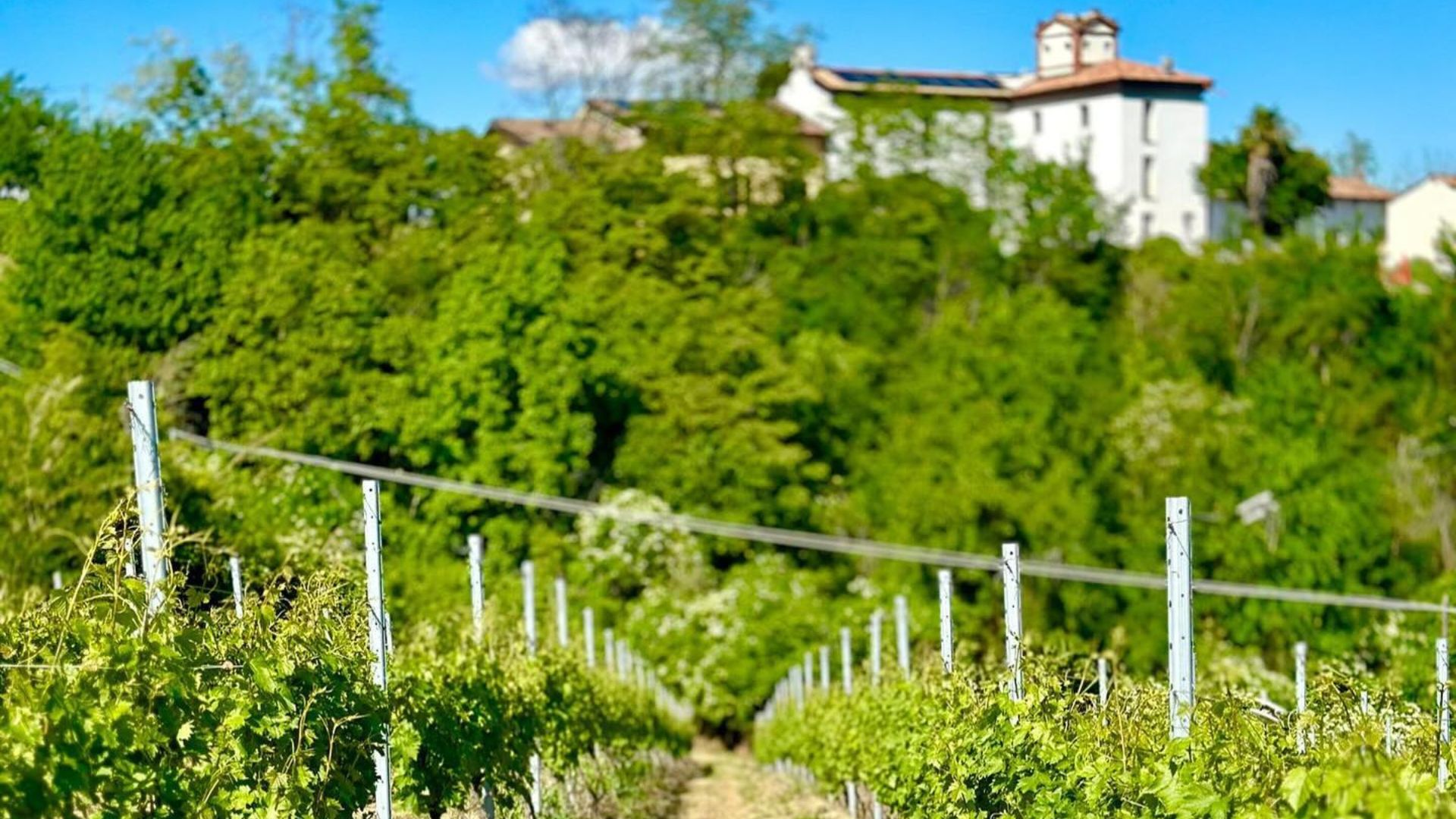
Cantina Petrelli (Apulia, Italy) strips winemaking down to its raw, sun-drenched essence, channeling Apulia’s intensity into every bottle. This is not your soft-spoken Southern Italian wine—it’s full-bodied, fearless, and rooted in deep Salento soul. Petrelli doesn’t just bottle Primitivo and Negroamaro—it ignites them into their most expressive, untamed form.
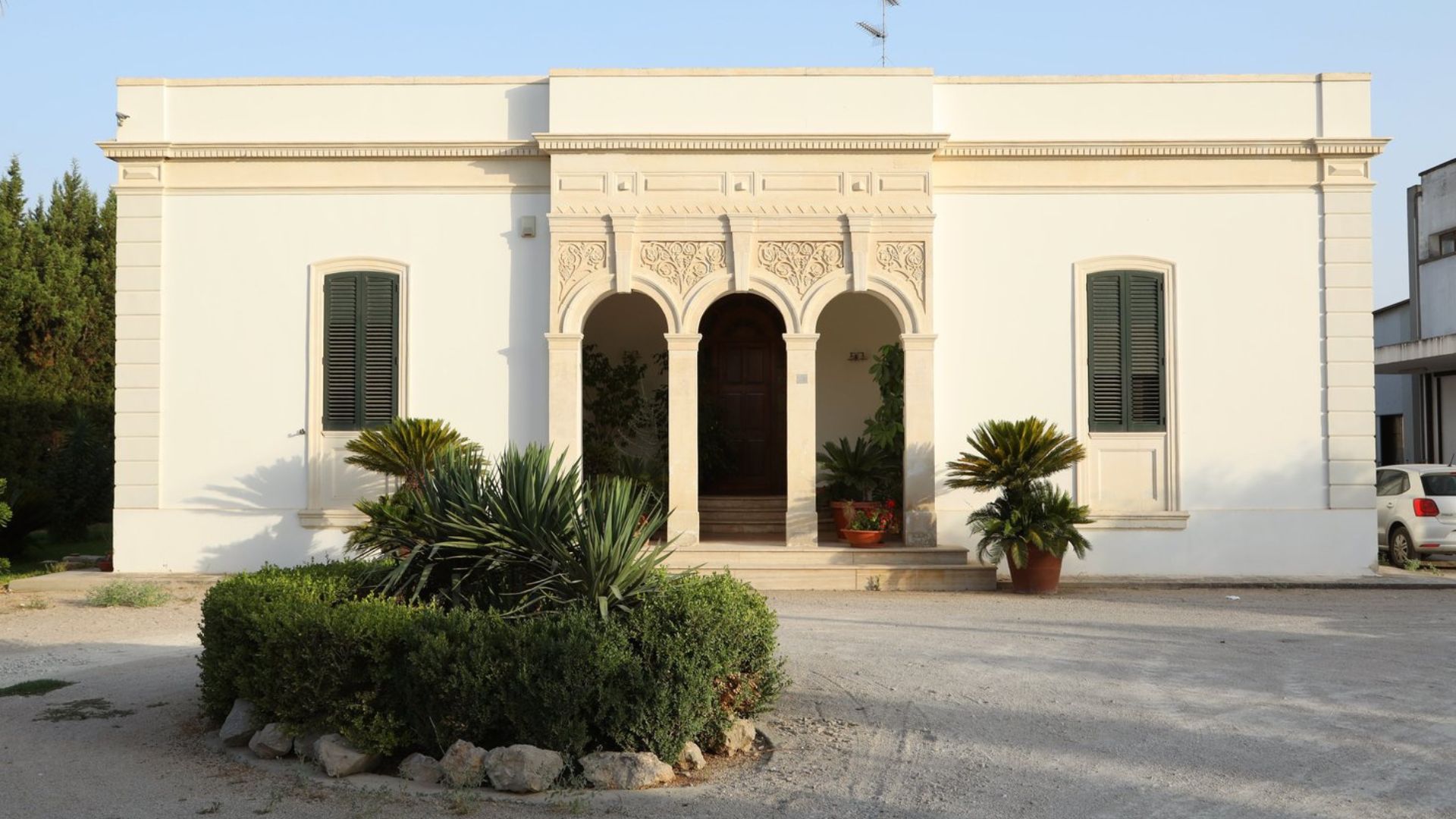
Bovin (Tikveš, North Macedonia) doesn’t play it safe—it pushes Macedonian wine into bold, modern territory with style and precision. From the sunlit slopes of Tikveš, it delivers reds with power, poise, and a distinctly Balkan heartbeat. This is Vranec and Cabernet with attitude—structured, intense, and impossible to overlook.
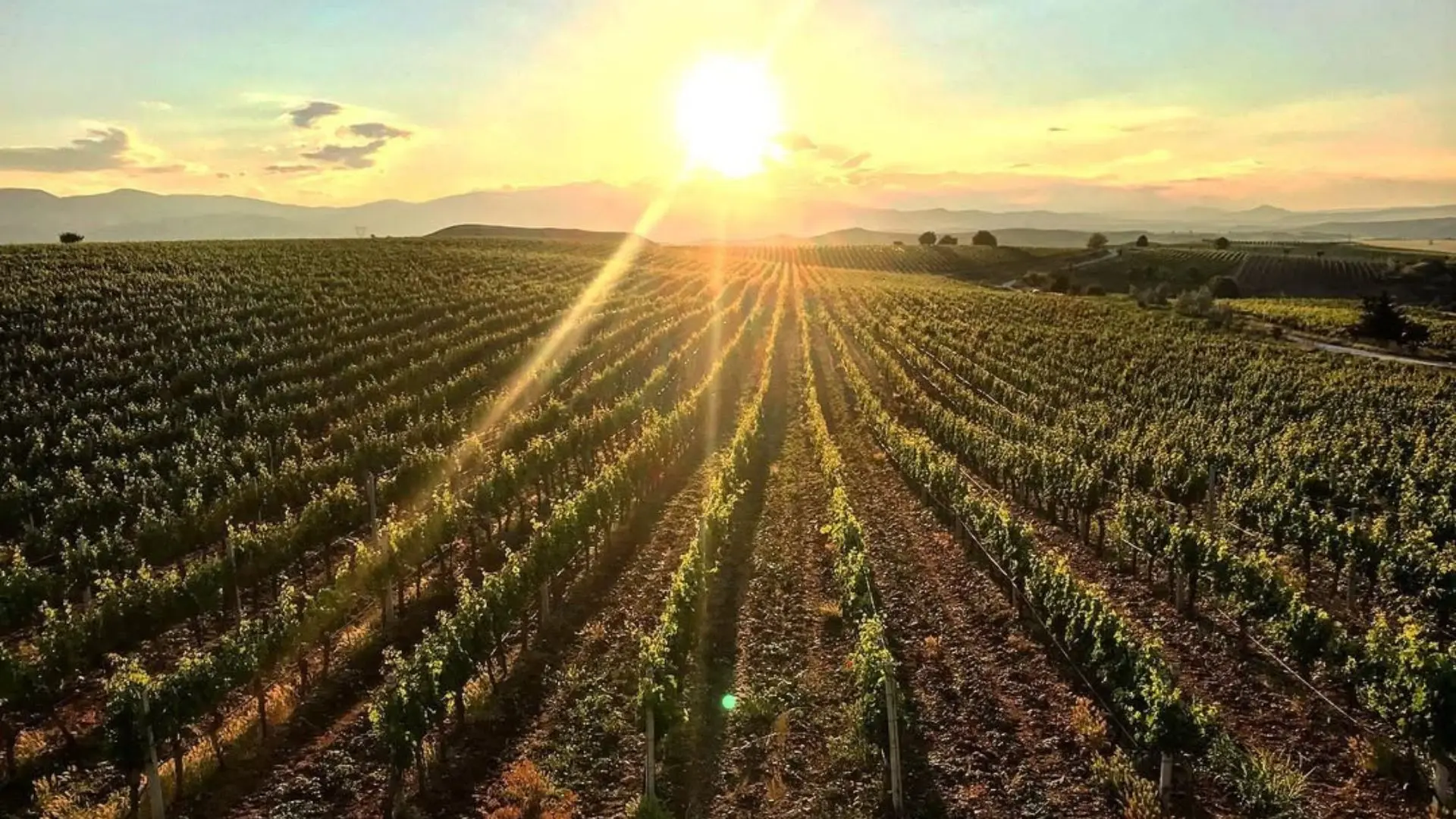
Tarpoš Winery (Šumadija, Serbia) is rewriting the narrative of Šumadija, bottling sharp, expressive wines that cut through the noise. From native grapes to bold international blends, each wine is a statement—confident, clean, and deeply tied to Serbian soil. This is modern Serbia in a glass: focused, fearless, and ready to be noticed.
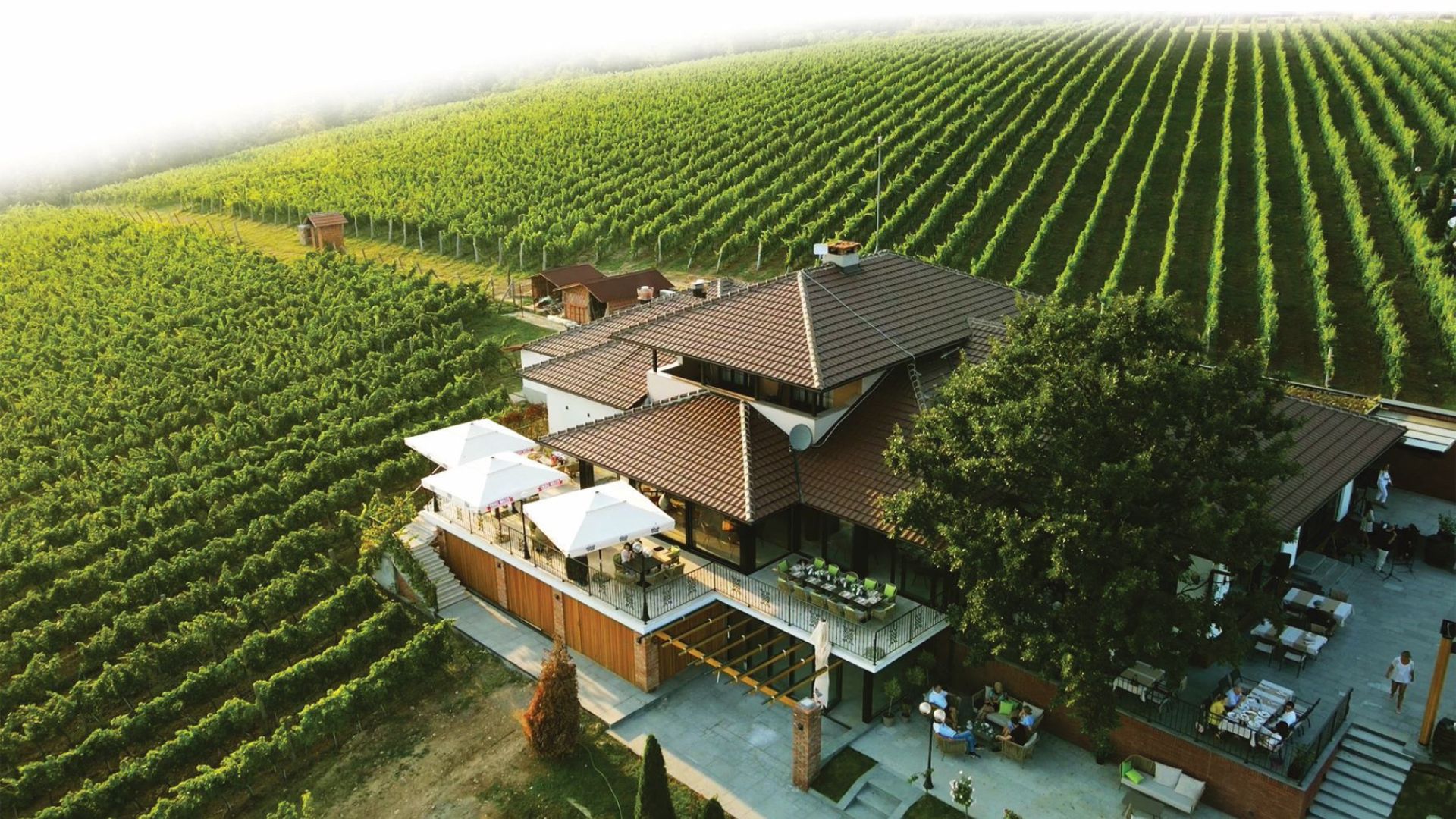
Marković Winery (Cetinje, Montenegro) stands as a proud guardian of Montenegro’s winemaking legacy. From the rugged slopes of Cetinje, it produces wines that are as striking and resilient as the land itself—deeply expressive and unmistakably Montenegrin. This is a tribute to local grapes, bursting with unique character and flavor.
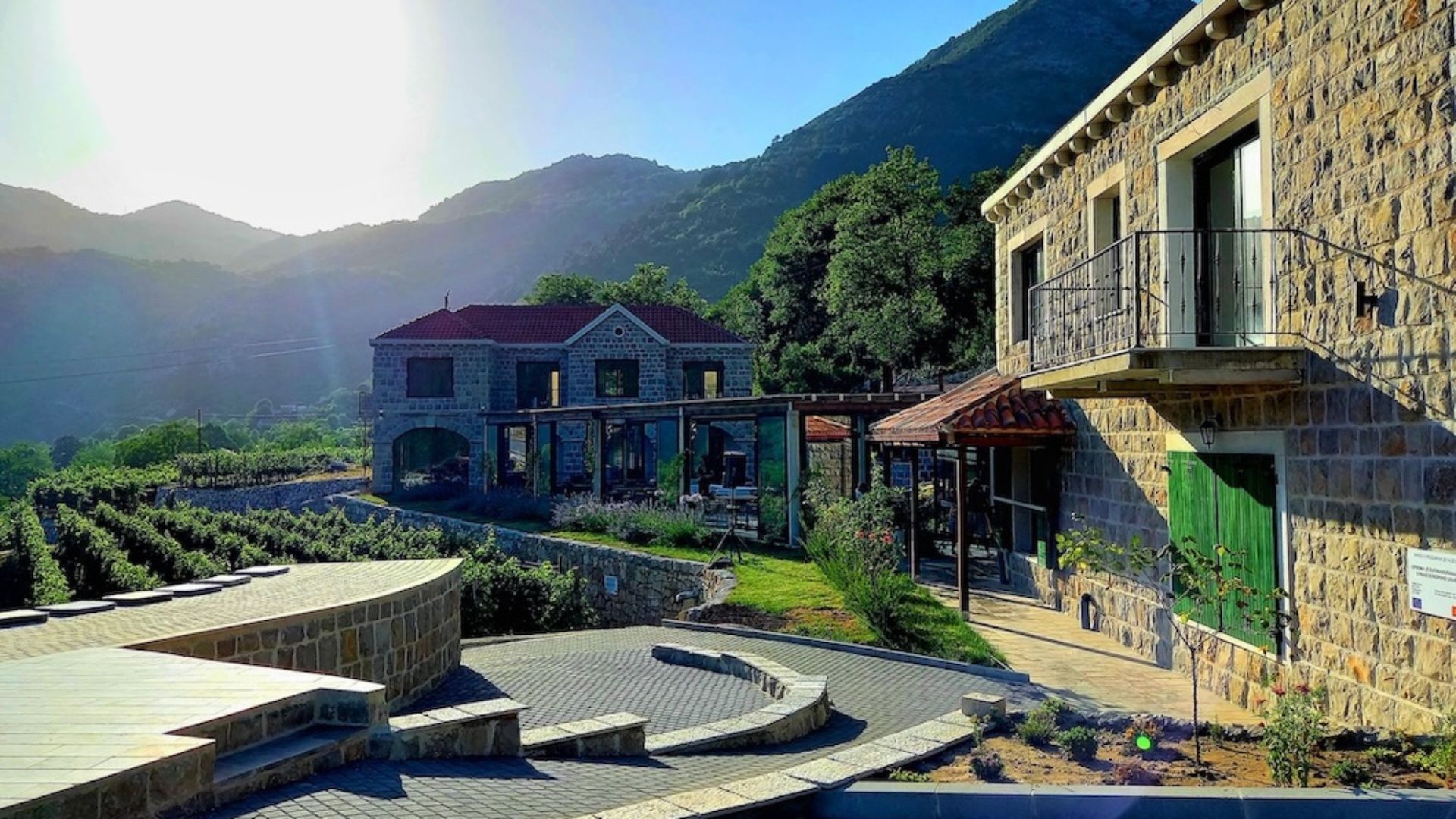
Istenič Winery (Bizeljsko-Sremič, Slovenia) brings the essence of Slovenia’s Bizeljsko-Sremič region to life, with wines that reflect the raw beauty of its terroir. From the rolling hills, it creates sparkling wines that are refined, and seductive. Each bottle captures the spirit of the land, offering a taste of Slovenia’s rich wine heritage.
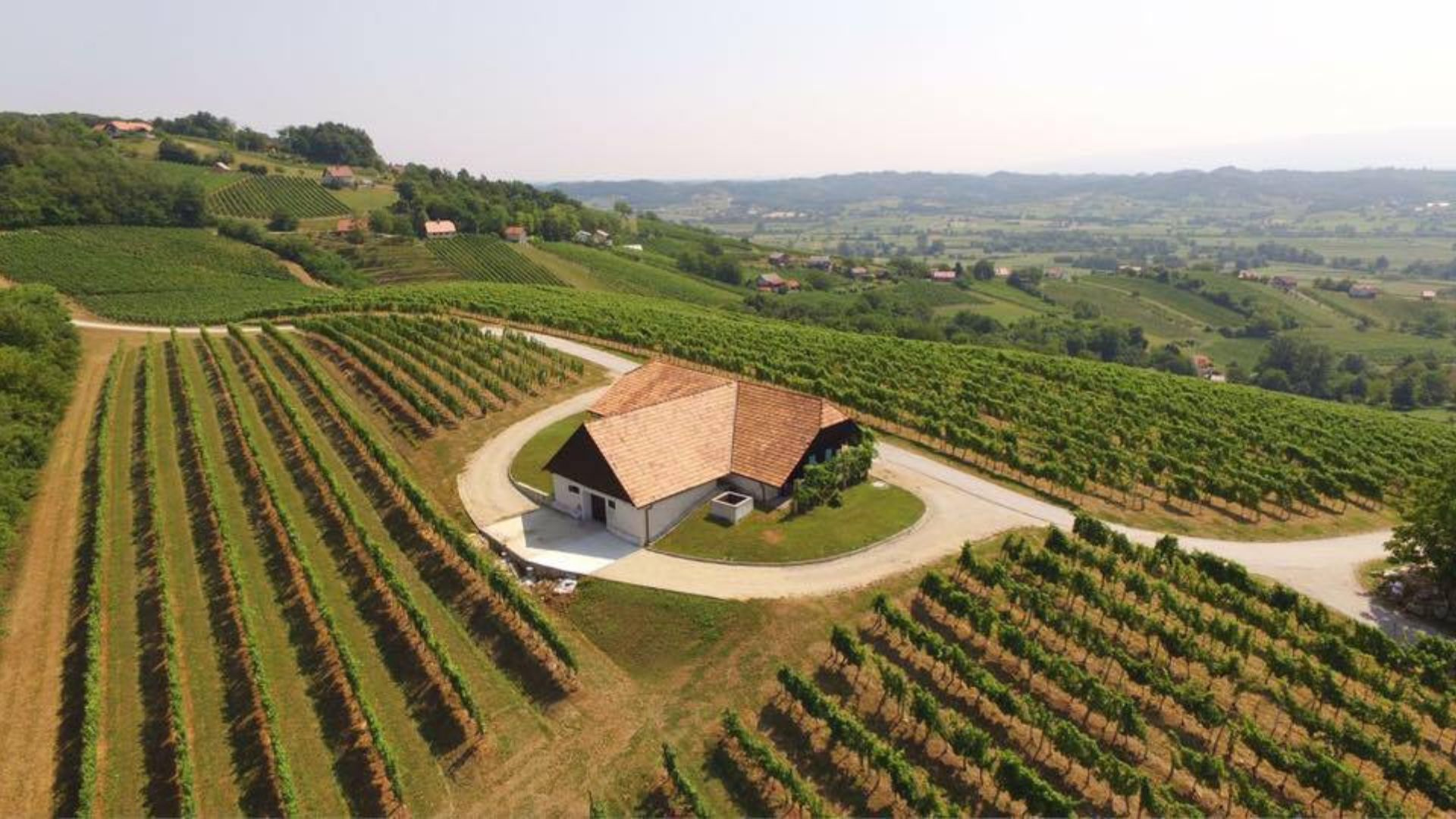
Ambelos Winery (Šumadija, Serbia) captures the essence of Šumadija, where each wine reflects the region's rich history and dynamic terroir. From its sun-drenched vineyards, it produces wines full of character, blending heritage with a modern touch. With every bottle, Ambelos offers a taste of Serbia’s authentic, soulful winemaking.
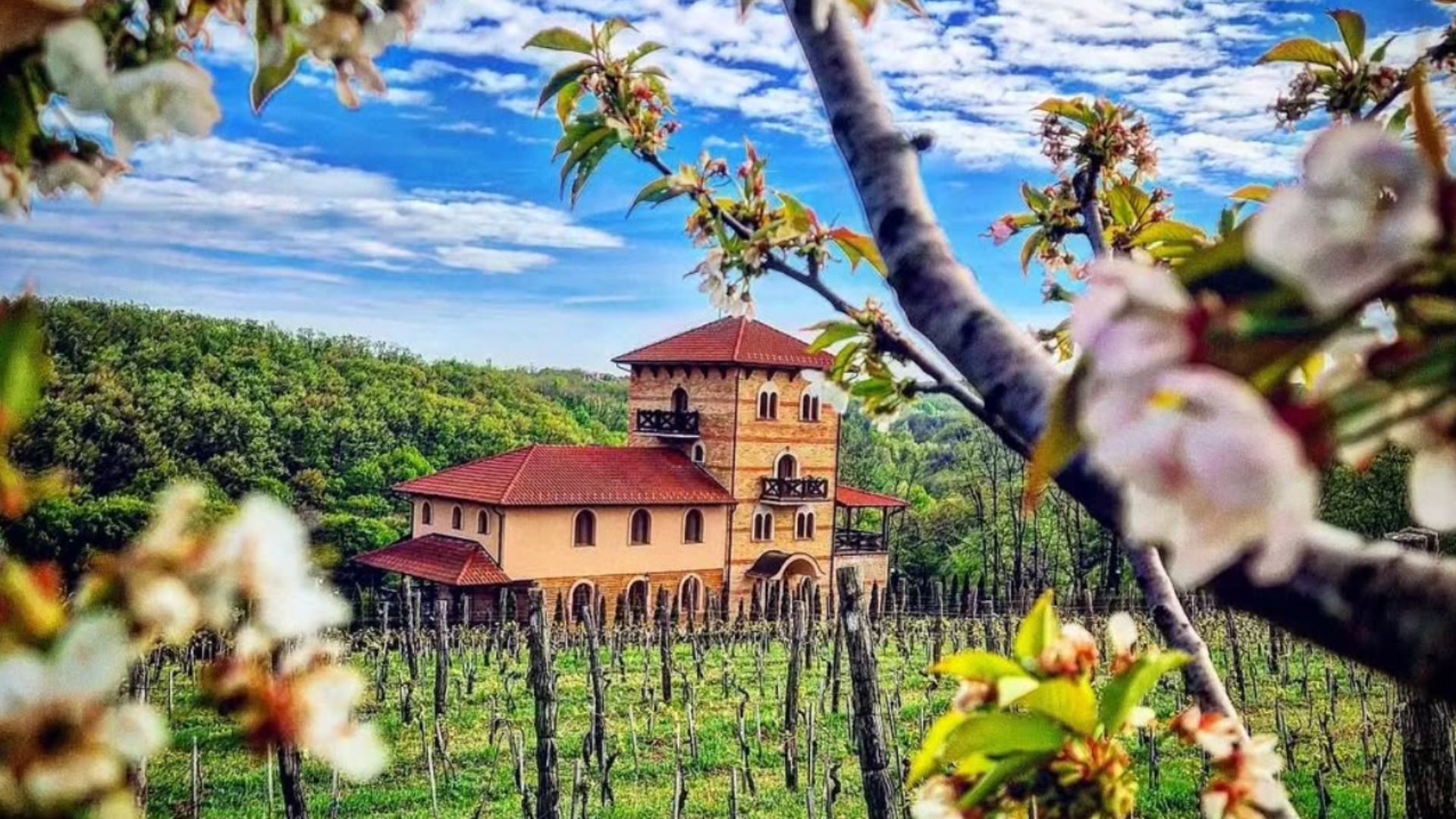
Popova Kula (Tikveš, North Macedonia) brings the spirit of Tikveš to life, producing wines that showcase the depth and complexity of North Macedonia’s most renowned wine region. Situated in one of the country’s most prestigious wine districts, its vineyards benefit from a rare blend of Mediterranean and continental climates, producing grapes with intense character and lively acidity.
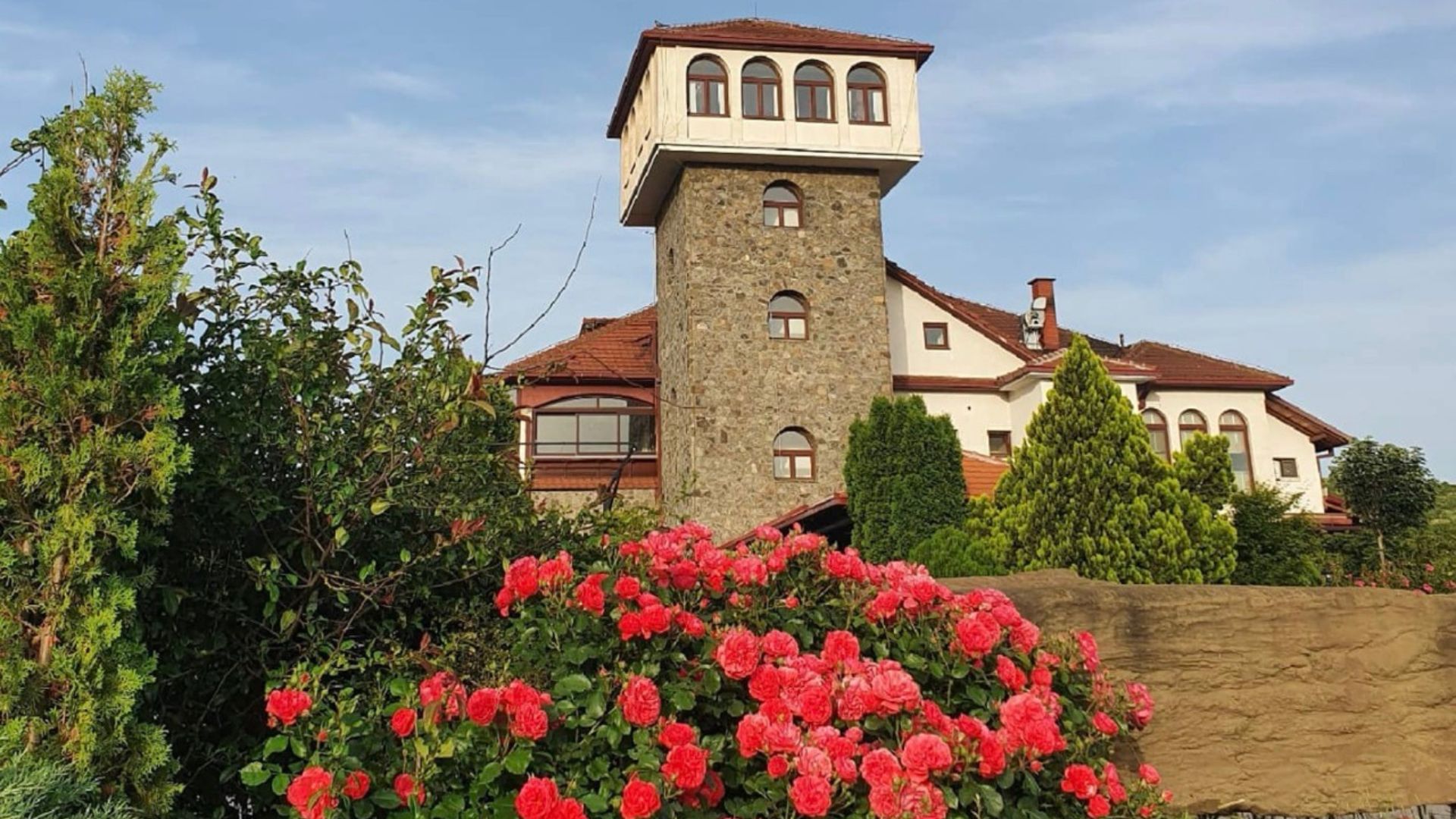
Dives Winery (Pomorie, Bulgaria) captures the soul of Pomorie, where the richness of Bulgaria's coastal terroir meets world-class winemaking. Situated by the Black Sea, its vineyards thrive in a unique blend of maritime influence and sunny warmth, producing wines with deep character and elegance. Their high-quality wines reveal the essence of Pomorie, showcasing the region’s distinctive flavors.
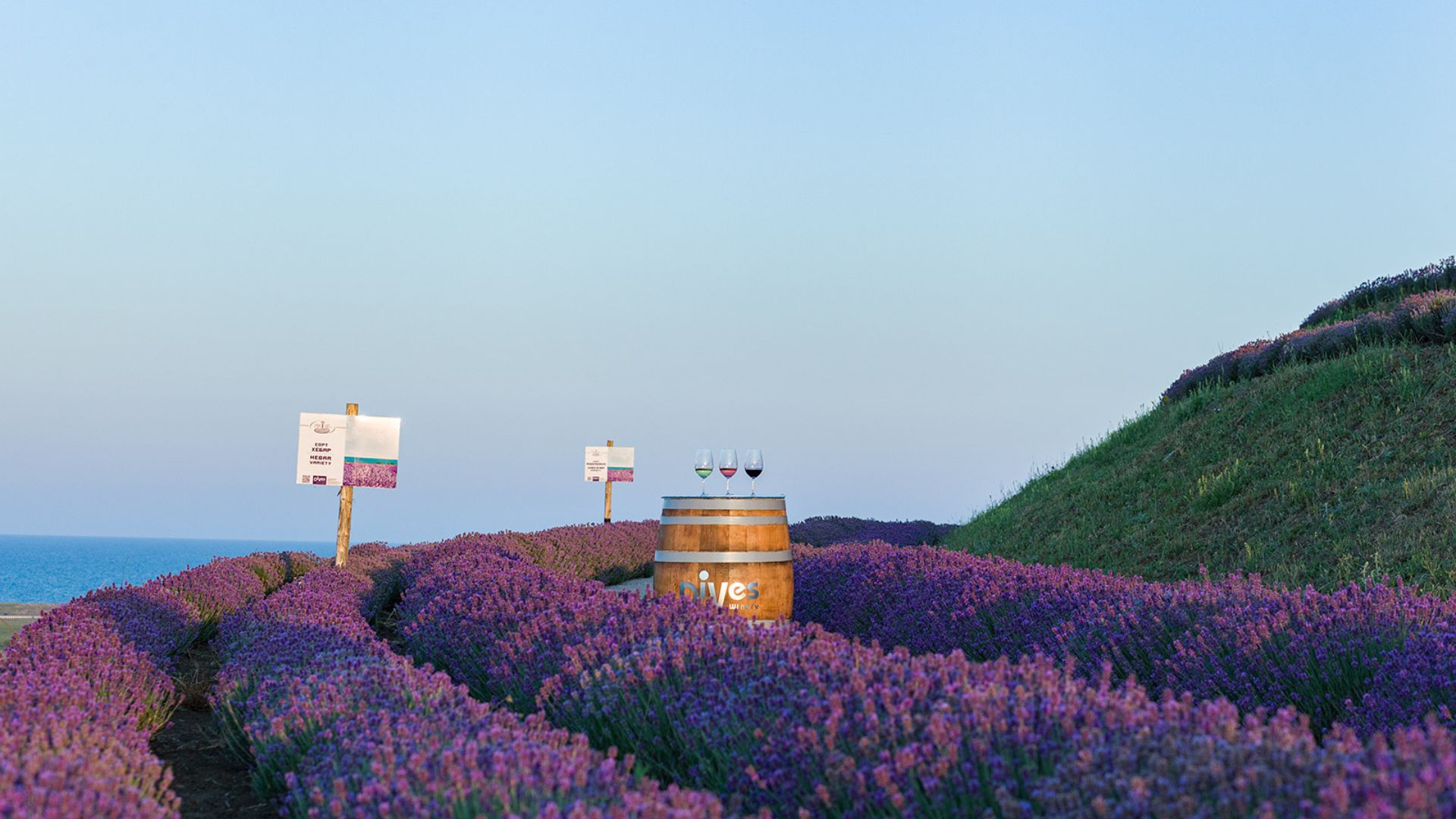
In Every Sweet Sip, a Celebration
As you tilt your glass on May 9th, think of how far this humble grape has traveled—how many cultures have cherished it, how many hearts it has delighted. Moscato doesn’t need to be grand to be great. It doesn’t chase medals or Michelin stars. It simply invites you to pause, smile, and savor the moment.
Happy Moscato Day. 🥂 Discover more wineries that craft this joyful wine on Winera, and let sweetness lead the way.
Hashtags:
#Winera #Travellier #wine #Moscato #MoscatoDay #RaiseYourGlass #SweetWine #MoscatoMoments #WineLovers #CelebrateSweetness #SpringWine #MoscatoLove #WinePairing #MoscatoMagic #JoyInEverySip
